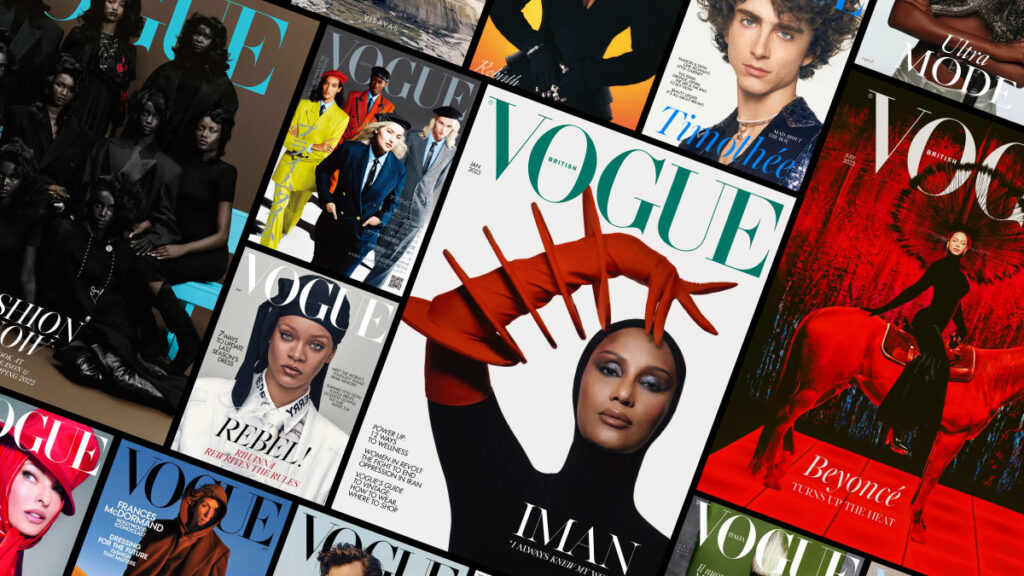The world of fashion publishing is undergoing a dramatic transformation as leading magazines step back from the traditional monthly cycle in favor of fewer, highly curated editions. The move signals a strategic shift away from quantity and toward depth, creativity, and cultural relevance.
From Routine to Rarity
Instead of serving as disposable updates, today’s fashion print issues are being reimagined as collectible cultural artifacts. By aligning releases with major cultural or fashion moments, publishers are creating editions that feel more like events than routine publications.
“Print today has to feel special—like an event, not just another issue,” explained one publishing executive, underscoring the value of scarcity and storytelling in an era of digital saturation.
The Digital Reality
The shift reflects evolving reader habits shaped by the dominance of social and digital platforms, where fashion content is consumed instantly and continuously. With audiences turning to Instagram, TikTok, and online publications for real-time updates, the role of print has narrowed but deepened—offering something digital cannot: permanence and tangibility.
A Win for Creativity and Luxury Brands
Editors say fewer but stronger editions allow for more thoughtful storytelling, richer visuals, and bolder collaborations with designers, artists, and photographers. Luxury brands, too, are embracing the strategy, viewing limited-edition issues as ideal platforms for immersive advertising campaigns that match their ethos of exclusivity.
Redefining Relevance
For readers, this evolution could reposition fashion magazines as timeless keepsakes rather than disposable updates. For publishers, it’s a way to maintain relevance and prestige while acknowledging that the future of fashion media lies in a hybrid model—print as an artifact, digital as the living conversation.
Industry analysts predict that the next chapter of fashion publishing will feature fewer but more ambitious print issues supported by dynamic digital storytelling. In this blend of tradition and innovation, magazines remain not just relevant, but aspirational

